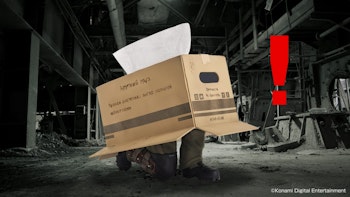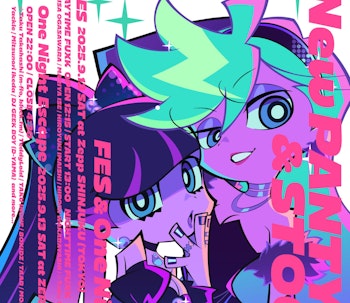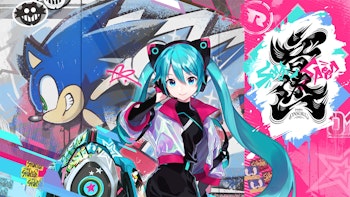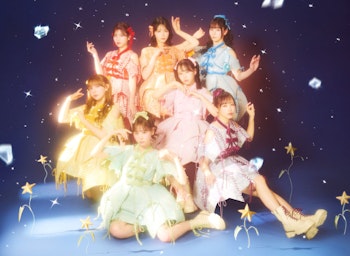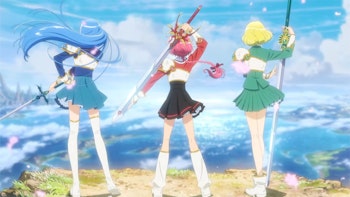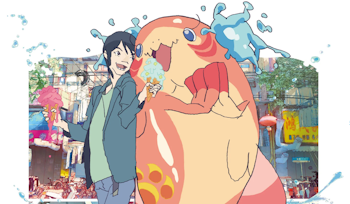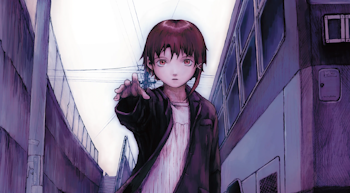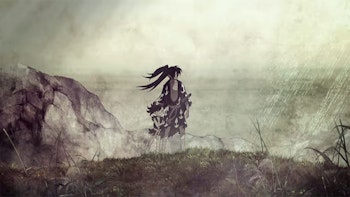
The Neon Genesis Evangelion series is considered essential viewing by the anime-enamored masses, but its numerous releases make it the opposite of ‘newbie friendly.’ Without taking into account the head-spinning nature of the content itself, one look at the catalogue of films and director’s cuts will have even the most seasoned viewer second-guessing their watch order.
Should you watch the original ending? Should you skip Death and Rebirth? Is the manga considered required reading? Why is the theme song so dang catchy? We’ve got the answers, and we’ll make it snappy. You’ve got quite a bit of content to get through.
A brief disclaimer before we begin: some people will disagree with this order. As you step into the fandom, you’ll note that many viewers have very strong, and sometimes very complicated, opinions on just how to consume Hideaki Anno’s legendary works. There’s nothing wrong with that, and we wouldn’t consider any of these hyped fans wrong by any means. We’re just hoping to make it easier so you don't get more confused by all the other Evangelion watch order guides out there, so let’s get started. Yes, where it all began…
Neon Genesis Evangelion: The Original Anime Series
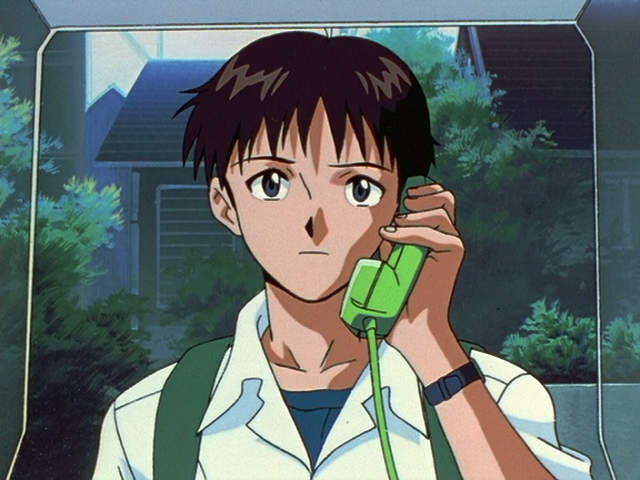
The original series aired in 1995 and spanned 26 episodes. Watch all of them.
Yes, you’ll hear people say that episodes 25 and 26 don’t fit, and you should skip them and come back... but watching them won’t hurt you. Without spoiling anything, the final two episodes seem very different, the reason being that the company was a bit tight on funds at the time. They are very strange, and while you may not understand anything that goes on, we actually defend them here. Yes, really.
This is where it all began. Whether it’s the characters themselves, the over-the-top religious imagery or the masterful storytelling, there’s a reason that this is the series that will never die. Set off on your Evangelion journey by binging the series on Netflix. And yes, this version contains the Director’s Cut versions of episodes 21 to 24, including extra scenes not originally aired on Japanese television.
(Also, Neon Genesis Evangelion is getting a North American Blu-ray release later this year, for the first time ever!)
Neon Genesis Evangelion: Death & Rebirth

We’ll make this as quick and painless as possible. Neon Genesis Evangelion: Death and Rebirth is a two-part film released in 1997. The first half is just a recap of the show. The second half shows quite a bit of footage left out of the original series, including Shinji’s mental state and the ever-shifting political situation.
In 1998, they released a re-edited version, titled Evangelion Death(True). That film was combined with the next film on the list, The End of Evangelion, to create a film called Revival of Evangelion. Yes, really. We’re so sorry this is so complicated. We wish we could fix it.
Don’t panic. Death and Rebirth is, in our honest opinion, skippable. Of course, if you’re looking for the FULL and utterly maddening experience, feel free to watch after the original series. Be warned, it’s a somewhat confusing mish-mash of what you’ve already seen. Also, the second part? It’s the beginning of The End of Evangelion, anyway.
If you want to check it out, the final version of this film is on Netflix.
The End of Evangelion

Remember what we said about the last two episodes of the series being weird? Well, people didn’t like them when they were released. I mean, they really didn’t like them. Gainax got death threats. It was bad.
The End of Evangelion is basically a more grand and epic finale for the series. The film released in 1997 to epic fanfare. People were here for it: it’s got more action and wraps the plot a little better than the original TV show did. Now, whether this was better than episodes 25 and 26? That’s up for (eternal) debate. It’s also streaming on Netflix too. What a time to be a fan.
This one isn’t optional. You need to watch it.
The Rebuild of Evangelion Films
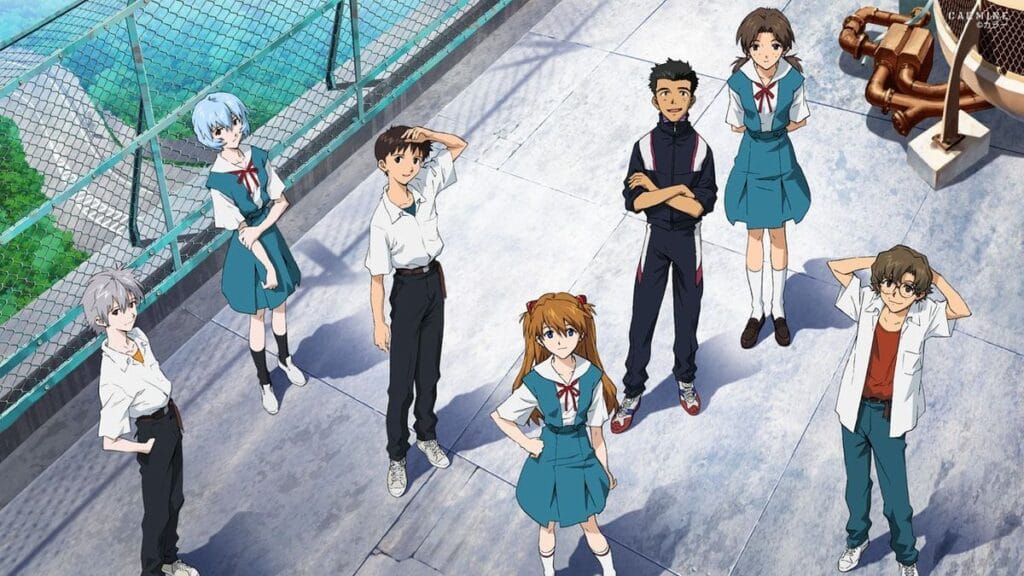
Evangelion has come into the new age with the most recent film tetralogy. The waves of new merch and crossovers you’ve been seeing? Thank these gorgeous movies.
The order of the films is simple enough: watch Evangelion 1.0: You Are (Not) Alone, then Evangelion 2.0: You Can (Not) Advance, then Evangelion 3.0: You Can (Not) Redo.
In truth, you’ll be watching 1.11, 2.22, and 3.33. The films were renumbered upon home release, as these versions have some bonus scenes and reanimated shots. See? Relatively easy and painless.
The Rebuild films are a retelling of the original anime story, though as they have progressed, they have strayed away from that plot by this point. Some fans go as far as to call them ‘sequels’ to the original series, but that will be your decision to make. Either way, the Blu-ray releases are worth picking up on Amazon.
Someday, 3.0 + 1.0: Thrice Upon a Time will come out. Probably.
Wait, a Manga Series?
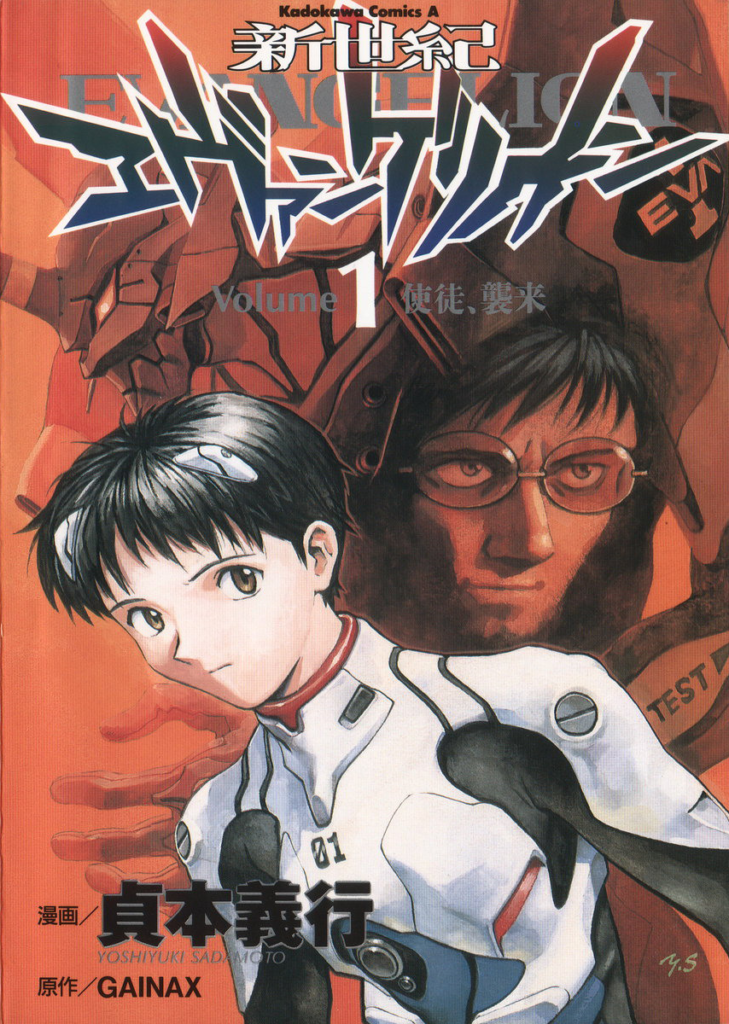
You hardly ever hear anyone comment on the Evangelion manga series, but it’s certainly a trip. After watching the original series and accompanying flood of films, the manga seems to take on a life of its own, giving much more character backstory to some major players. It also shows what happens after The End of Evangelion! The manga series concluded in 2013, so don’t worry about having to pick up endless volumes.
We’d recommend saving the manga for the end of your journey through the lore. Think of it as your dessert: not completely necessary, but something that adds the perfect flourish to your very, very full meal.
If you find yourself curious, or just want these on your shelf to complete your growing Evangelion shrine, you can pick them up from Viz.
Hopefully, you’ve taken our words to heart and are ready to set out on an unforgettable media journey through a large chunk of anime history. What are your thoughts? Nervous? Excited? Angry at the convoluted mess that this series has become? Understandable. But you’ll have a good time. Just let it happen.


